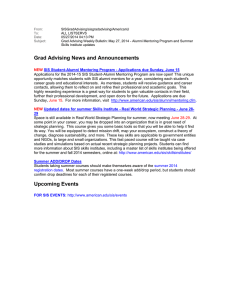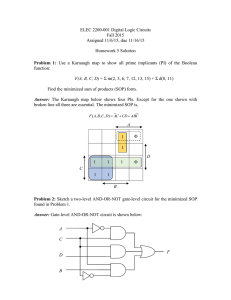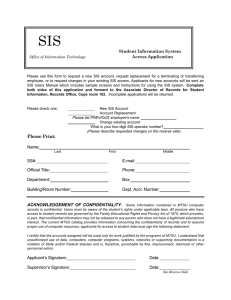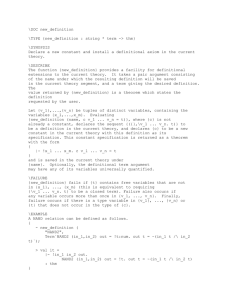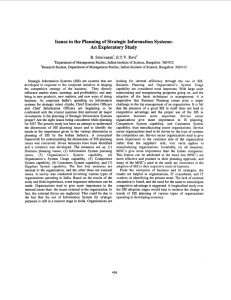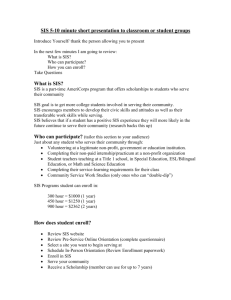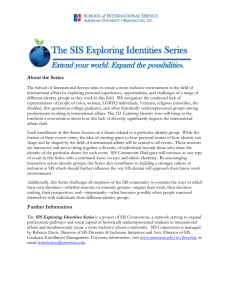NAND3(x1, x2, x3) = (x1 x2 x3)
advertisement
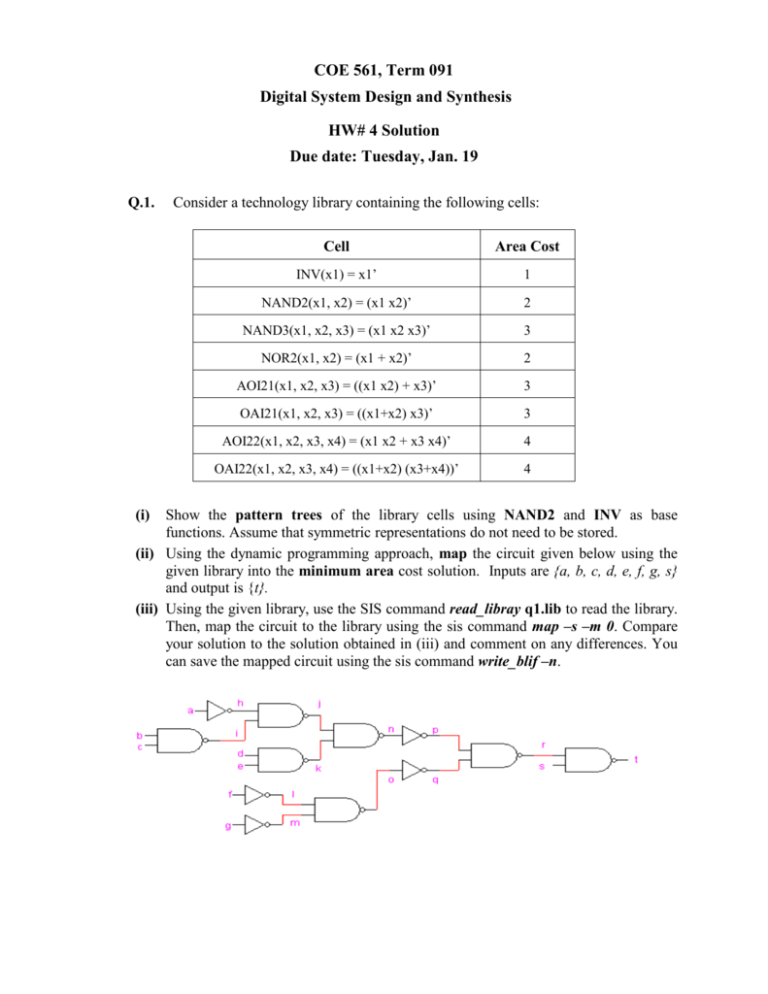
COE 561, Term 091
Digital System Design and Synthesis
HW# 4 Solution
Due date: Tuesday, Jan. 19
Q.1.
(i)
Consider a technology library containing the following cells:
Cell
Area Cost
INV(x1) = x1’
1
NAND2(x1, x2) = (x1 x2)’
2
NAND3(x1, x2, x3) = (x1 x2 x3)’
3
NOR2(x1, x2) = (x1 + x2)’
2
AOI21(x1, x2, x3) = ((x1 x2) + x3)’
3
OAI21(x1, x2, x3) = ((x1+x2) x3)’
3
AOI22(x1, x2, x3, x4) = (x1 x2 + x3 x4)’
4
OAI22(x1, x2, x3, x4) = ((x1+x2) (x3+x4))’
4
Show the pattern trees of the library cells using NAND2 and INV as base
functions. Assume that symmetric representations do not need to be stored.
(ii) Using the dynamic programming approach, map the circuit given below using the
given library into the minimum area cost solution. Inputs are {a, b, c, d, e, f, g, s}
and output is {t}.
(iii) Using the given library, use the SIS command read_libray q1.lib to read the library.
Then, map the circuit to the library using the sis command map –s –m 0. Compare
your solution to the solution obtained in (iii) and comment on any differences. You
can save the mapped circuit using the sis command write_blif –n.
Q.2.
Assuming Boolean matching, determine the number of ROBDD’s that need to be
stored in the cell library for each of the following cells. Justify your answer.
(i) f = a b c
(ii) f = a b + a c + b c
(iii) f = a b + a’ b’ + a c + b c

